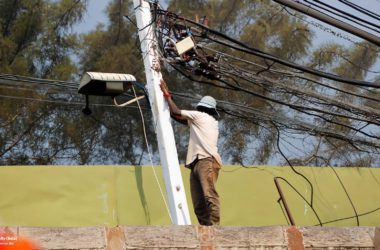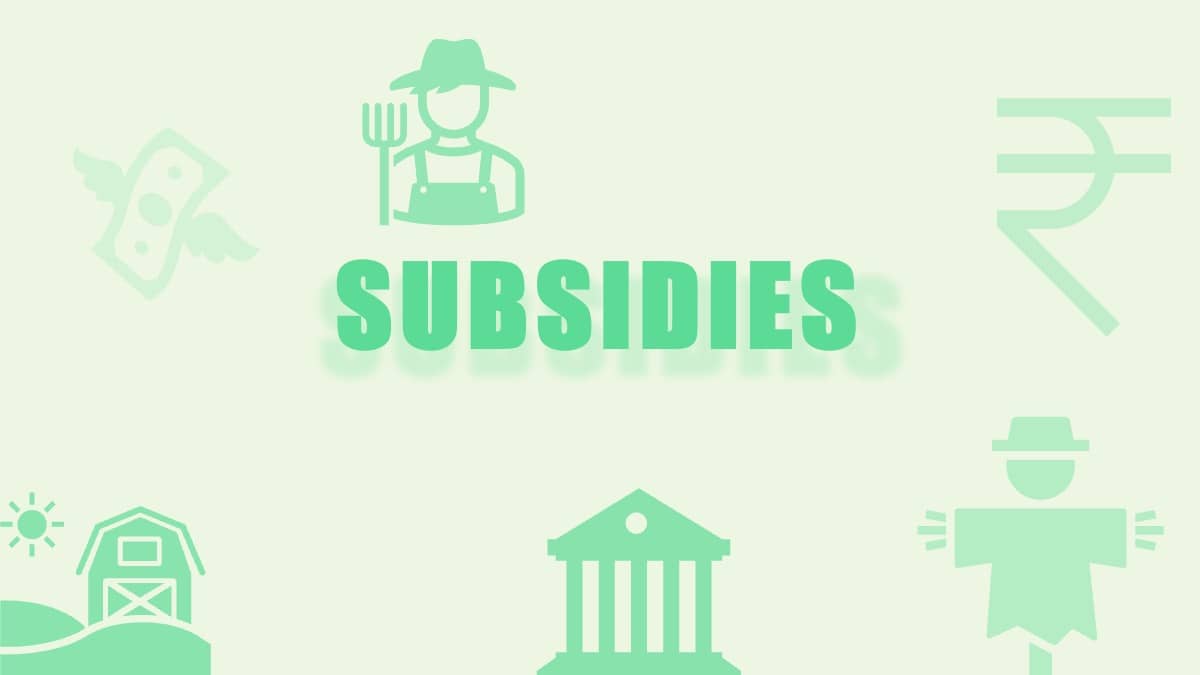Table of Contents Show
India’s power sector is undergoing a transformation, driven by rising electricity demand, renewable energy integration, and a growing focus on financial viability of distribution companies (DISCOMs). In this landscape, power tariff subsidies continue to play a pivotal but controversial role.
On the one hand, tariff subsidies are a lifeline for millions of low-income households and vulnerable sectors like agriculture. On the other, they pose challenges to the financial sustainability of DISCOMs and often distort market signals. So, what’s the real story? Let’s unpack the pros and cons of tariff subsidies in India.
What Are Power Tariff Subsidies?
Power tariff subsidies occur when the government provides electricity to certain consumer categories (like farmers or households below the poverty line) at a rate lower than the cost of supply. The shortfall is either:
- Cross-subsidized by charging higher tariffs from industrial or commercial users, or
- Reimbursed by the state government to the DISCOM.
Pros of Tariff Subsidies
1. Ensuring Energy Access and Affordability
Subsidies help make electricity affordable for economically weaker sections and rural communities, ensuring access to a basic necessity and improving quality of life.
2. Boosting Agricultural Productivity
By subsidizing electricity for irrigation, states aim to support farmers and enhance food security. This is especially critical in water-stressed and monsoon-dependent regions.
3. Enabling Inclusive Growth
Subsidies for small businesses and cottage industries can support livelihoods, entrepreneurship, and job creation in underserved regions.
4. Political and Social Stability
In a country with vast income disparity, subsidies can serve as a social safety net, often reflecting electoral mandates and grassroots needs.
Cons of Tariff Subsidies
1. DISCOM Financial Stress
Subsidies, especially if not paid on time by the government, lead to revenue gaps for DISCOMs. Many are already burdened with debt and operational inefficiencies.
2. Distorted Consumption Patterns
Free or cheap power can lead to overconsumption, energy wastage, and inefficient use of electricity, especially in the agricultural sector.
3. Cross-Subsidy Burden on Industry
Industries and commercial establishments pay higher tariffs to compensate for subsidized categories, making them less competitive and discouraging investment.
4. Delays and Arrears
State governments often delay subsidy reimbursements, leading to cash flow issues and pushing DISCOMs to borrow at high interest rates.
5. Leakages and Mis-targeting
Without robust verification mechanisms, subsidies often benefit unintended users, including large farmers and influential groups, defeating the goal of targeted welfare.
The Way Forward
Tariff subsidies are here to stay—but their design and implementation must evolve:
- Better Targeting: Use Direct Benefit Transfer (DBT) mechanisms to ensure subsidies reach the right beneficiaries.
- Data-Driven Decisions: Leverage smart meters and digital billing to monitor usage and curb leakages.
- Time-Bound Payments: Enforce strict timelines for state reimbursements to avoid financial distress.
- Gradual Rationalization: Move toward cost-reflective tariffs, with transparent cross-subsidy frameworks and regulatory oversight.
- Promote Efficiency: Link agricultural subsidies with efficient pump sets, water conservation, and renewable energy adoption.
Conclusion
Tariff subsidies in India are both a boon and a burden. While they serve important socio-economic objectives, their current structure often hampers the health of the power sector. The challenge lies in balancing affordability with sustainability—ensuring no one is left in the dark, while keeping the sector financially viable and future-ready.
Do you think India needs to rethink how it provides electricity subsidies? Share your thoughts in the comments or tag someon






